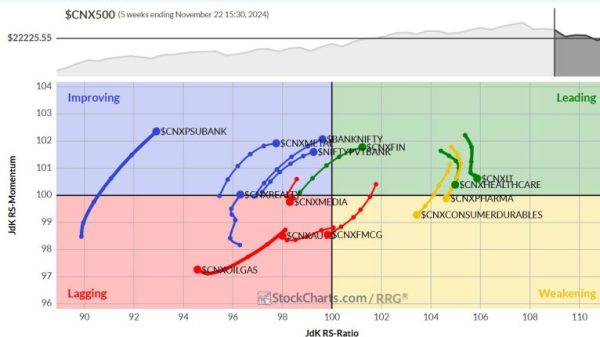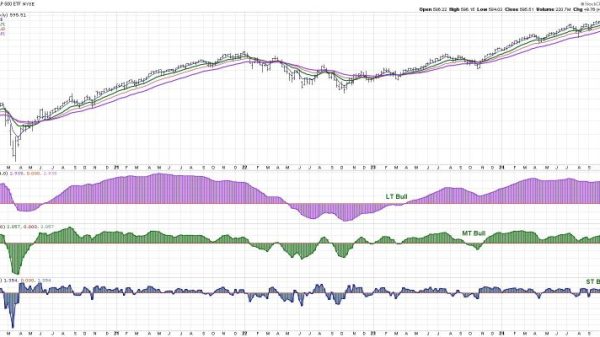After Texas passed a law restricting abortion as early as six weeks into pregnancy, the infant death rate increased along with the number of babies who died of birth defects, according to a new study.
The study, led by researchers at Johns Hopkins University and published Monday in JAMA Pediatrics, is the latest research indicating higher rates of infant mortality in states with restrictive laws on abortion.
The Texas law, which took effect on Sept. 1, 2021, prohibits abortions after the detection of a fetal heartbeat, with no exceptions for incest, rape or fetal abnormalities, though it does offer a provision for medical emergencies. Previously, abortion was allowed until 20 weeks.
While antiabortion advocates hailed the law as a landmark victory, critics stressed that many women are not even aware they are pregnant by six weeks — and the cutoff period comes well before tests are done to detect fetal abnormalities.
The law was implemented some nine months before the Supreme Court overturned Roe v. Wade. Researchers warn the findings may foreshadow changes in other states that now ban abortion in all or most instances.
“Our results suggest that restrictive abortion policies that limit pregnant people’s ability to terminate pregnancies, particularly those with fetal abnormalities diagnosed later in pregnancy, may lead to increases in infant mortality,” Suzanne Bell, one of the study’s lead authors, said in a release.
“These findings make clear the potentially devastating consequences abortion bans can have on pregnant people and families who are unable to overcome barriers to this essential reproductive health service,” added Bell, who is an assistant professor in the Department of Population, Family and Reproductive Health at Hopkins’s Bloomberg School of Public Health.
Between 2021 and 2022, the infant mortality rate increased by 8.3 percent in Texas compared to a 2.2 percent increase nationally. The Texas rate reflected a 12.9 percent increase in the actual number of deaths of children before their first birthday.
And while the death rate of babies 28 days old or younger fell in other states overall, it increased by 5.8 percent in Texas.
Infant deaths from fetal abnormalities, the leading cause of death for babies under a year of age, rose by 22.9 percent in Texas in 2022 but fell by 3.1 percent for the rest of the country, the study found. Infant deaths from unintentional injuries also increased by 20.7 percent in Texas in the same period, compared to 1.1 percent nationally.
The study’s authors acknowledged that further research and analysis is needed, and John Guillebaud, emeritus professor of family planning and reproductive health at University College London, noted in an email Tuesday that the association between the rise in deaths and the Texas law “doesn’t prove causation.”
Still, Guillebaud said, the “fact that the commonest cause of early infant deaths is congenital abnormalities and the strict law banning induced abortions after embryonic cardiac activity, with no exemptions for congenital anomalies, makes a causative link much more probable.”
“All congenital abnormalities would be less likely to be discovered in early pregnancy” Guillebaud continued, “since testing for these would have little relevance if no action by induced abortion could be taken.”
The researchers analyzed publicly available death certificate data for children under one year in Texas and 28 other states between January 2018 and December 2022.
The team considered deaths from March 2022 onward to be the first to have been exposed to the ban, as full-term infants born after that date would have been 10 to 14 gestational weeks when the law came into force. These pregnancies would have been too early to have been screened for chromosomal abnormalities before the law took hold.
The researchers acknowledged some limitations in their research, including that the available data for 2022 did not include the infants’ birth month, gestational age and other details relevant to infant deaths, “which led to challenges in identifying who was exposed” to the Texas law. They also said they were unable to investigate factors such as whether increases in deaths were more common among certain demographics.
The researchers noted that a previous analysis had estimated that Texas had approximately 10,000 additional births between April and December 2022 due to the ban. Their new findings suggested that these births “disproportionally included pregnancies at increased risk of infant mortality.”
The researchers also said that existing evidence suggests a higher incidence of infant deaths among non-Hispanic Black women due to abortion restrictions, as well as the impact of infant mortality on parental well-being more broadly.
While the 2021 law allows exceptions for abortion due to medical emergencies, some women have said their medical care was delayed or refused by doctors. Some women, who have sued the state, have spoken out about the harm they experienced; one woman said she developed sepsis and nearly died, and another said she was forced to give birth to a fetus without a full skull.
In another high-profile case last year, Kate Cox, a woman from Dallas whose fetus had a fatal genetic condition, left the state to secure an abortion after the Texas Supreme Court overruled a lower court’s decision to grant her a medical exemption to the strict ban.





























